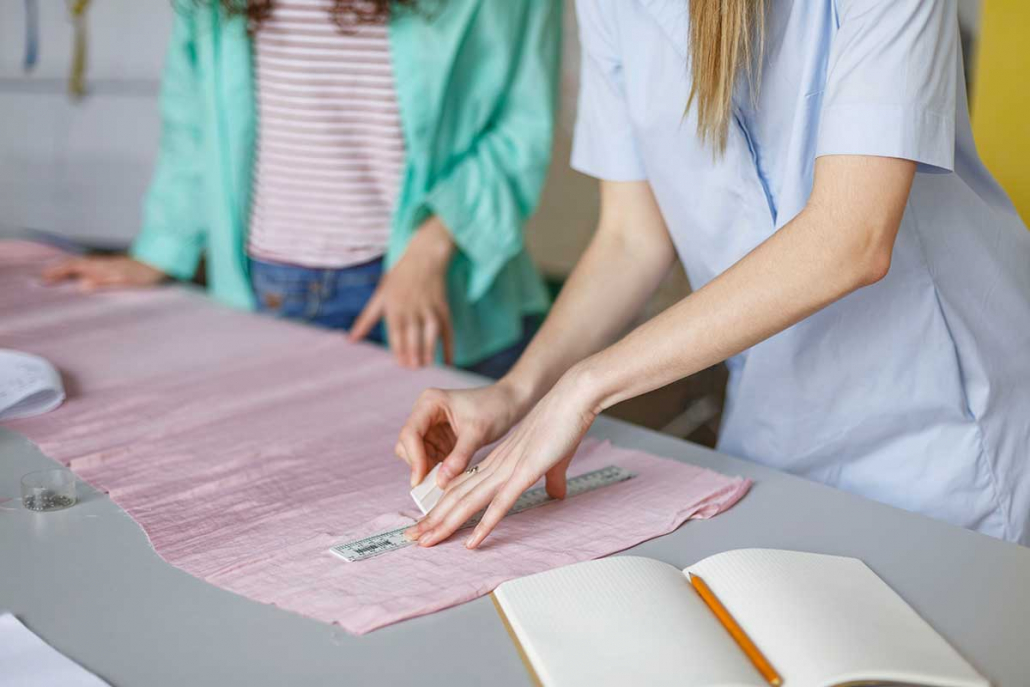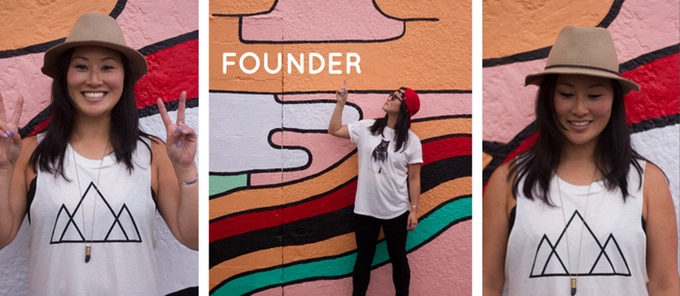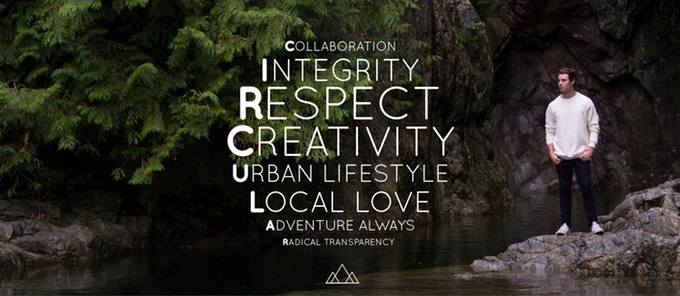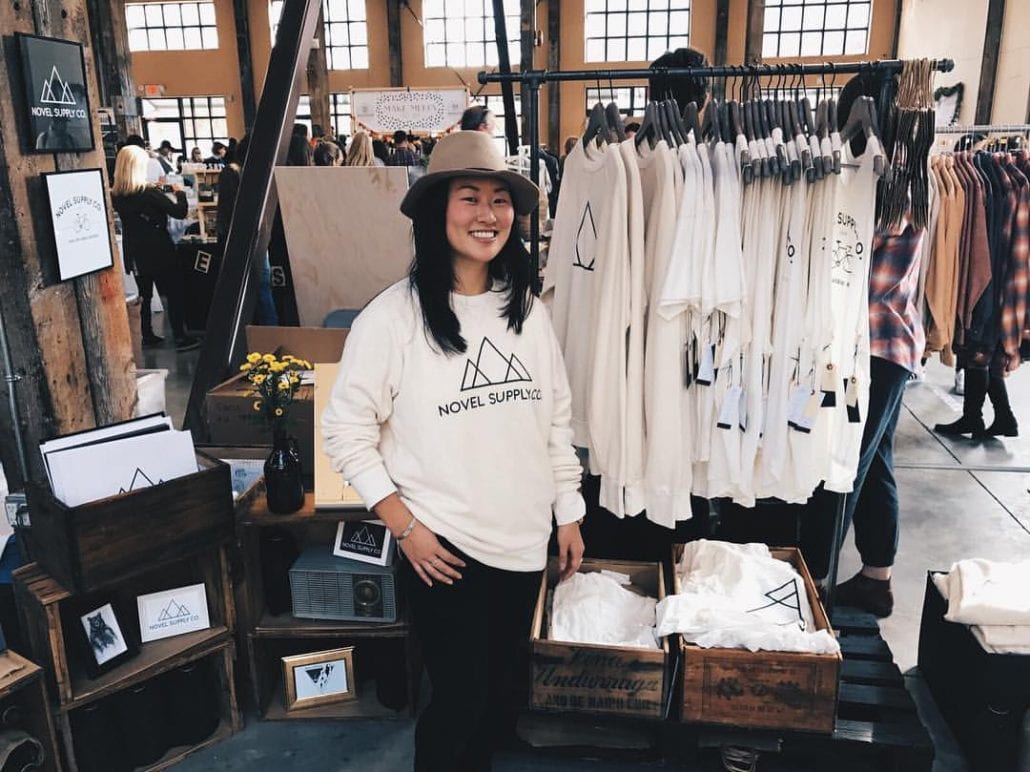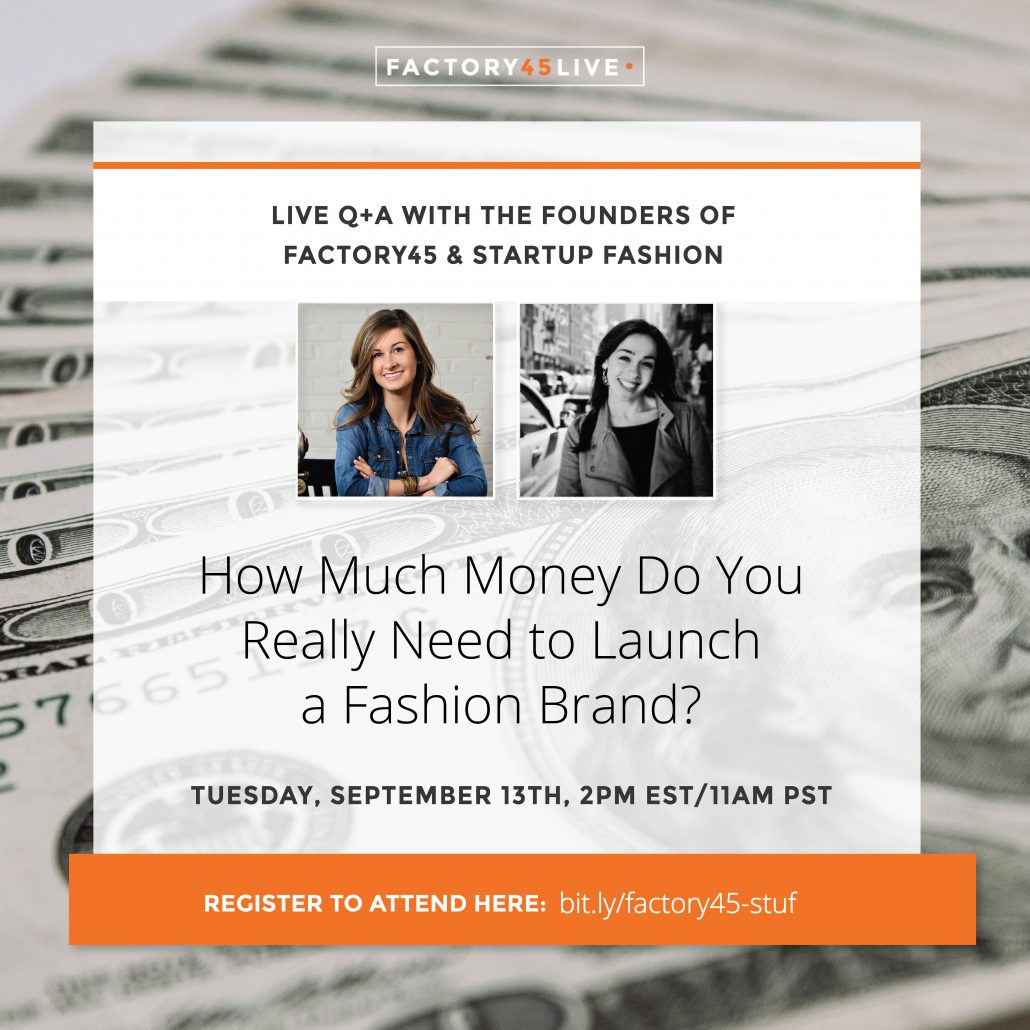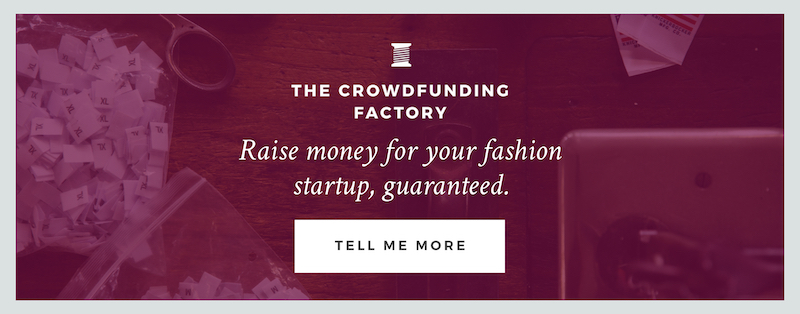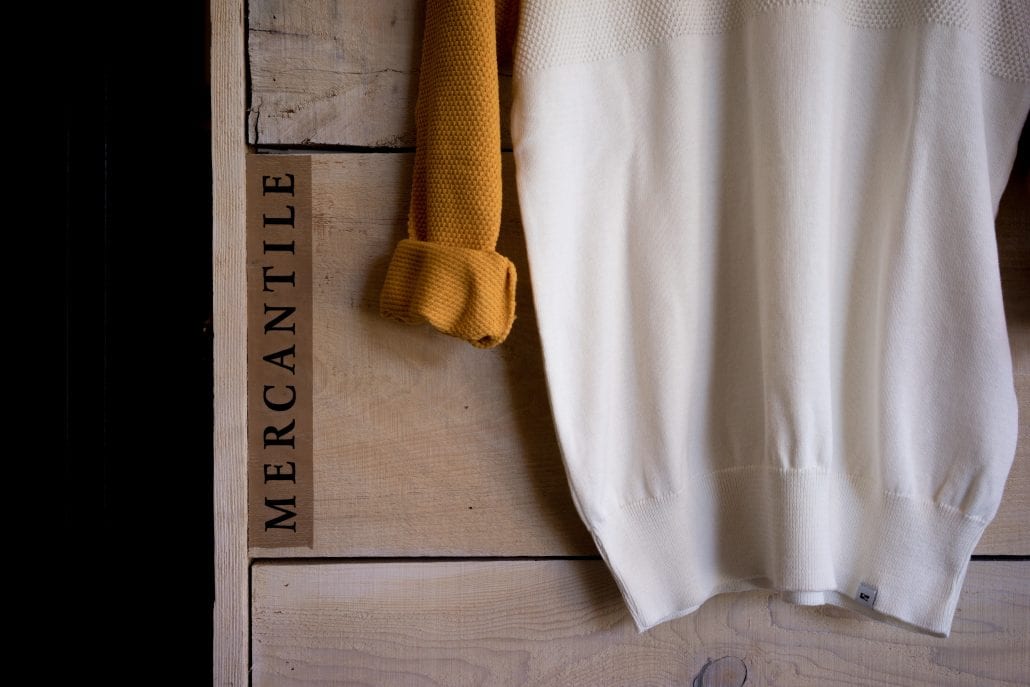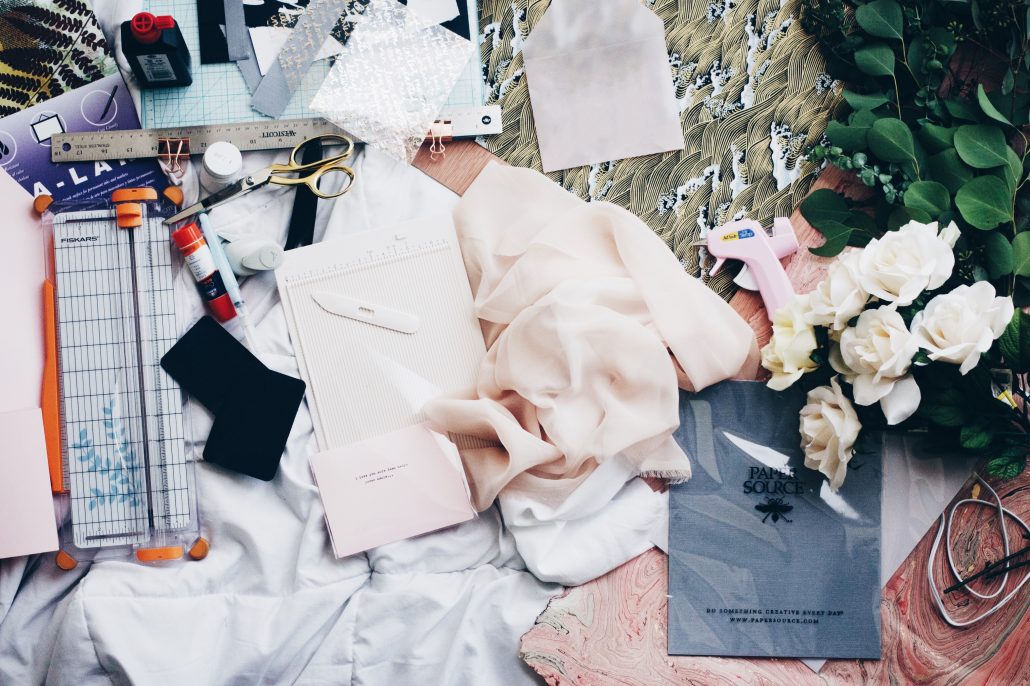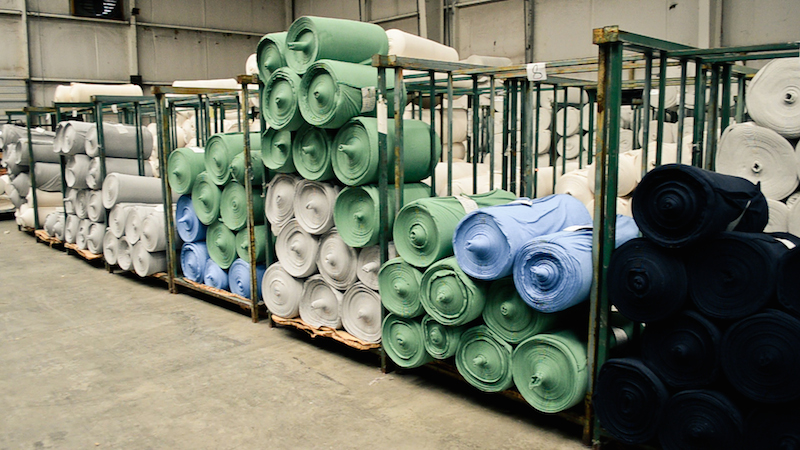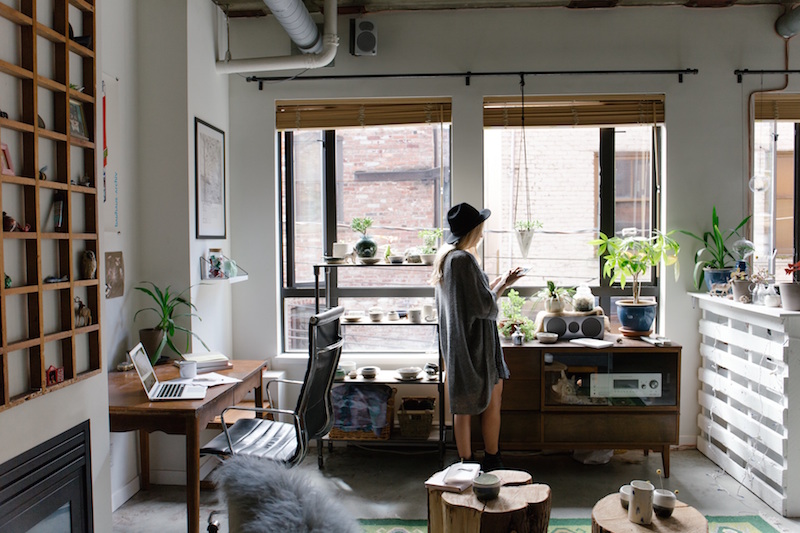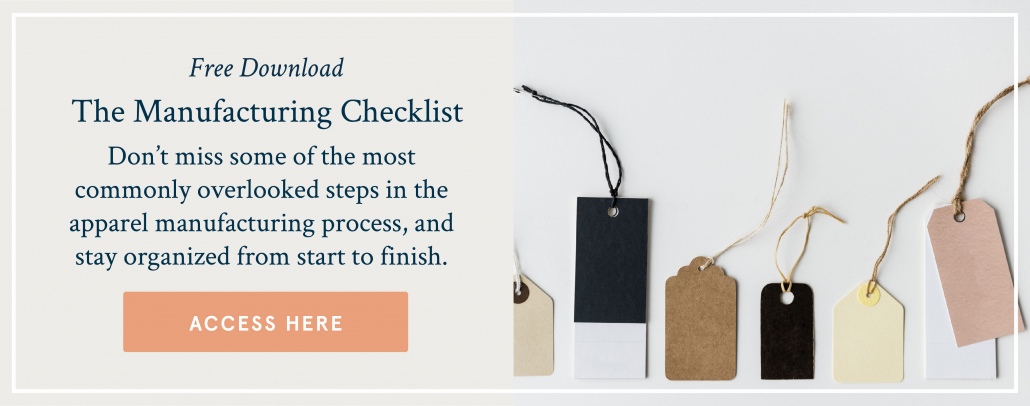This is an interview with Factory45er Nicki Patel about the launch of her brand milo+nicki, a cruelty-free, ethically designed fashion line derived from Indian & Zambian roots. With the help of a Kickstarter campaign, Nicki is raising money for the production run of her first collection.
Please give us a brief overview of your brand and the pieces you’re pre-selling.
Through our made in NY, designed in ATX pieces, we hope to empower you, the ever-evolving woman, to conquer your fears, take a leap of faith, never give up on yourself, and live a life full of color.
By combining our vibrant, cultural roots with our passion for sustainability, living cruelty-free, and our bold personalities, we hope you feel strong, confident, and empowered while tackling all things thrown your way while letting your true colors shine.
Our 6-piece collection is cruelty-free and ethically-designed, with handwoven certified Ahimsa silk and GOTS certified organic cotton blend from India, hand dyed with plant-based indigo in the US, printed with non-toxic, water-based dye in the US, and made in NY.
Why did you choose to launch your brand through Kickstarter?
Kickstarter is a great platform that allows small budget entrepreneurs to bring their big ideas to fruition. Being a solopreneur, I self-funded the venture thus far which includes everything behind the scenes: sourcing sustainable fabrics, doing product development locally, creating tech packs for each design, creating samples and patterns, finalizing fit and creating another round of samples, hiring a fit model then a model to shoot the editorial images and video, setting up a shop, and marketing and miscellaneous expenses along the way.
With all these costs, when it came time to launch, I needed the extra push to bring my collection to life, and Kickstarter was the best option. It allows me to pre-sell the collection to my day 1 supporters at a lower price and fund my first run of production, all while testing the market and seeing if people love or hate what I am creating.

What was the most challenging aspect of creating your campaign?
Honestly, creating the Kickstarter campaign has not been as tough as campaigning these past 11 days. I have been really blessed with an amazing team (shout out to Falcon Related) that shot the perfect images and created the most beautiful video. It is exactly how I envisioned and I couldn’t have done it without them.
You’ve done months of prep. What helped you keep up your momentum and motivation?
Love and passion for what I am doing. I believe that our story can empower and inspire women in all walks of life. It isn’t just about what the pieces we are creating, it is about the story of what you wear and the story you create wearing the pieces while pursuing what sets your soul on fire.
But, I am not going to lie. It has been tough. Not just being a solopreneur, but the entire process. You have your highs and lows, which as an entrepreneur are expected, but I have had some major setbacks. I have lost my fabric supplier not once, not twice, but three times?! Fabric is everything to a designer and I almost crumbled when I lost my last supplier only a few weeks from when I had previously planned to launch. What kept me going was the friends and family around me, my goal to empower women, and my vision to inspire change in the sustainable and ethical fashion movement.
Can you give us a little insight into your campaign strategy? What has been working and what hasn’t worked as well?
The Kickstarter campaign thus far has been tough. I believe that I have a good community of supporters that really believe in my mission and want to share my story.
Approximately 2 months prior to launch, I began to reach out to sustainable and conscious lifestyle bloggers, writers who were covering topics that pertained to my story and continued connecting with individuals through social media by sharing our story, mission, and teasers of our collection. This really has helped me build a tribe of people who really believe in what I am doing and want to share it with others.
Something that hasn’t worked so well is reaching out to nationally recognize writers and editors maybe due to lack of brand recognition and product interest. This has been the toughest part because the campaign has really slowed down in momentum and has really limited our audience and reach.
What do you do when self-doubt starts to creep up?
I feel truly blessed because I had the opportunity to work with Amber Rae, the guru and creator of the W.O.N.D.E.R Way. When I have self-doubt, I usually use the strategies she has taught me to bring back my focus to the bigger picture and what I am truly wanting to accomplish. I also have had amazing guidance from individuals who truly care about the wellbeing of our brand such as from you, Shannon, and the production partners I have worked with. When all else fails, I look to my amazing friends, my super supportive mastermind group, the love of my family and then leave the rest up to faith. There is only so much you can do to prepare for everything, right? I am definitely learning to go with the flow through the journey of entrepreneurship.

What’s your favorite reward being offered in your campaign?
I am totally biased because I love the entire 6 piece collection so I would say the All or Nothing reward. You are getting 6 pieces that are made out of 100% hand-loomed, made-to-order cruelty-free Ahimsa silk and GOTS certified organic cotton fabric which is hand-dyed with indigo, screen-printed with water-based, non-toxic dye, and cut and sewn by hand in the US, all under $1000!
If you had one piece advice for someone considering launching a Kickstarter, what would it be?
Plan early, be prepared and don’t give up. As I am working through my Kickstarter campaign, I feel like the same thing that led me to creating milo+nicki applies to my campaign and launch. The journey is never easy, but it is important to remember to listen to your gut and follow your heart. I constantly remind myself that no dream is too big, no passion is too small, and no routine is unbreakable.
There are always going to be those naysayers or doubters trying to bring you down or days in your campaign where everything seems to be going south, but don’t listen, they don’t matter and that one day doesn’t matter. If you believe in something bigger, something different, or want to do something no one has ever imagined possible, do it. You are your only limitation. Just remember that the journey is never easy so stay persistent, think positively, have faith, and envision the bigger picture with you reaching your end goal. This will lead you to unimaginable places.
To check out Nicki’s Kickstarter campaign and the pre-sale of milo+nicki click here. To read more about Nicki’s experience in Factory45, read her alumni story here.


